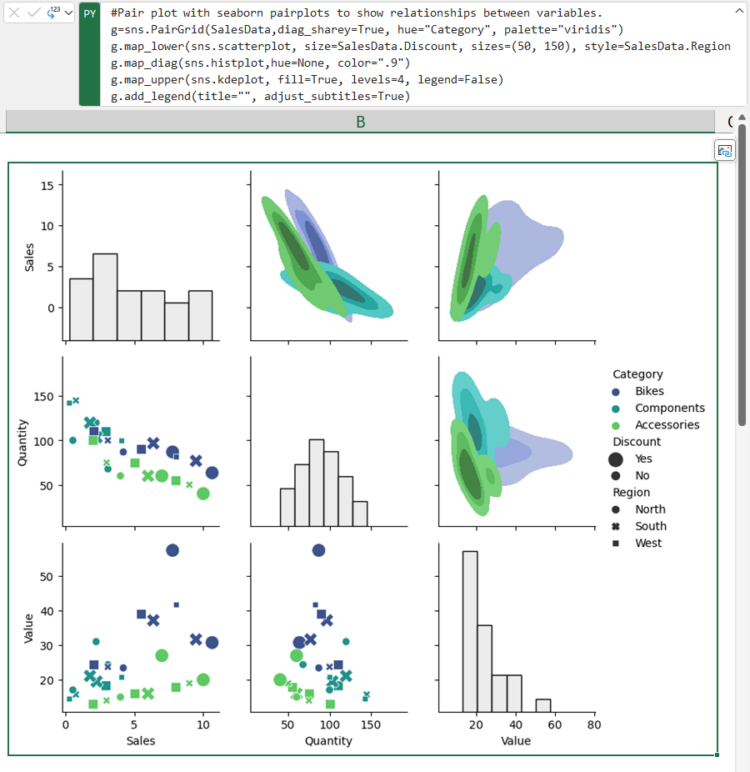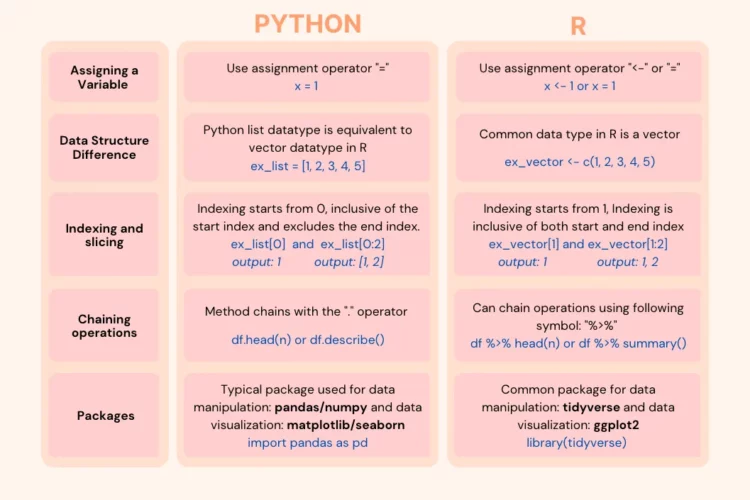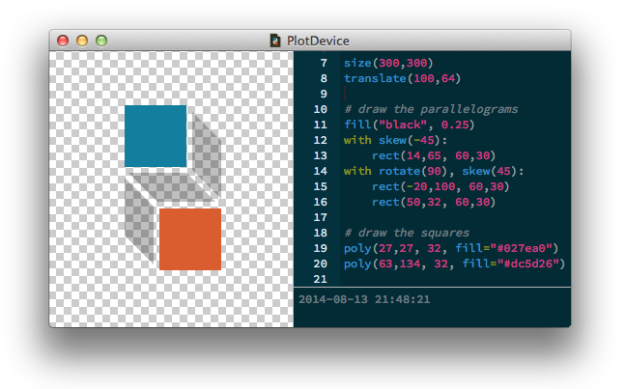Excel is getting a bump in capabilities with Python integration. From Microsoft:
Excel users now have access to powerful analytics via Python for visualizations, cleaning data, machine learning, predictive analytics, and more. Users can now create end to end solutions that seamlessly combine Excel and Python – all within Excel. Using Excel’s built-in connectors and Power Query, users can easily bring external data into Python in Excel workflows. Python in Excel is compatible with the tools users already know and love, such as formulas, PivotTables, and Excel charts.
Sounds fun for both Excel users and Python developers.
It’s headed to the Beta Channel in Excel for Windows and then Excel for Windows proper. They didn’t announce a timeline for Mac.

 An Introduction to Statistical Learning, with Applications in R by Gareth James, Daniela Witten, Trevor Hastie, and Rob Tibshirani was
An Introduction to Statistical Learning, with Applications in R by Gareth James, Daniela Witten, Trevor Hastie, and Rob Tibshirani was 



